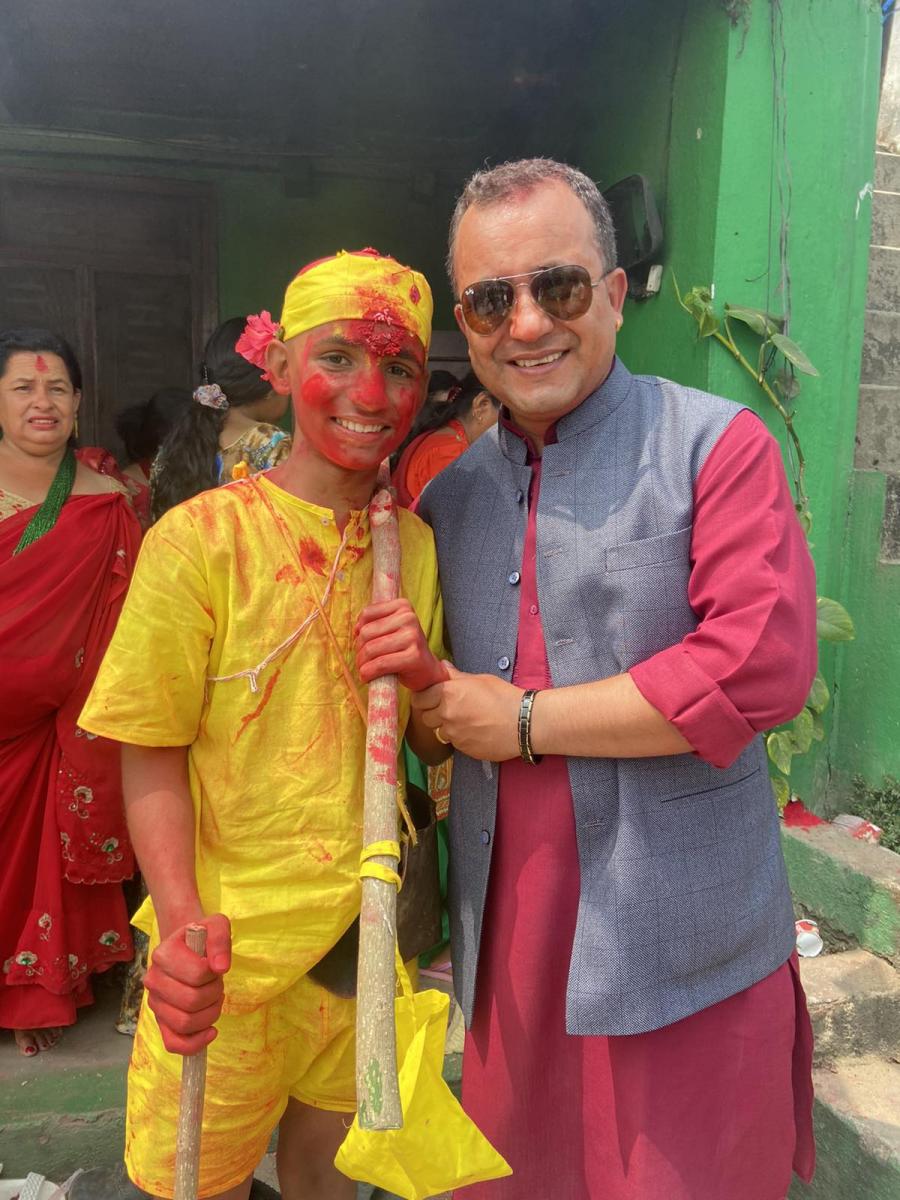Cultural discovery: Brahmin and Chhetri
Nepal is like a platform for many cultures and castes to come together and enjoy life. Amongst the many castes that our country has, Brahmins and Chhetri remain great contributors to the different realms of the country.
The Brahmins and Chhetris of Nepal have been dominant in forming the modern kingdom. They involve in the political landscape and all social and religious realms.
Brahmins supposedly rank the highest in the caste hierarchy. Chhetri and Brahmins altogether became the influential and wealthy people of traditional Nepal.
Brahmins and Chhetri most often are spread all over the country. Initially, the village houses were washed with red ochre or always cleaned with a fresh, wet mixture of cow dung and mud. They are mainly involved in government service, farming, and as a family priest. Brahmins are of two types: Purbiya and Kumain. The name Kumai derives from “Kumaon”. It is one of the districts of Northern India's Utter Pradesh State, to the west of Nepal.

Marriage is considered the main concern for fathers and mothers. They compare names with an astrologer to see if the couple will make a good match. There are usually specific dates for weddings as per the calendar. Marriages only take place in the months of Baisakh-Jeth, Magh-Falgun, and Mangsir. The entire wedding ceremony lasts for about twenty-four hours. These days, they go up to 5-6 days. People believe that the planet Venus has to be visible in the sky. For a modern and unorthodox marriage, neither of these things is taken seriously into account. Kanyadaan is the most significant part of the entire wedding. It takes place at the exact auspicious moment calculated by the priest. At this moment, the hands of the bride are on the cupped hands of the groom. After this, parents break their fast, which they observe for the last twenty-four hours. Some Chhetri in the far western districts of Doti, Dadeldhura, and surrounding areas never eat rice cooked by their wives. The women only do menial work. All Brahmins and Chhetris are Hindus, and they follow religious practices and observe religious festivals of Hinduism.
People perform in several religious festivals to worship gods and goddesses. Dashain/Durga puja and Tihar are the most favorable. In addition to that, there are several other occasions when Hindus worship one or the other god and have a feast. Brahmins and Chhetris always cremate the dead bodies by the side of a river. They preserve a small piece of bone at the end. The rest is burnt down into ashes and thrown into the river. Mourning for the death of loved ones is observed for thirteen days. Those who mourn for thirteen days abstain from eating salt, oil, meat, pulses, etc. The men/sons shave their heads, do not wear red tika on their foreheads, and attend no ceremonies for some time. They are to wear only white cloth called "Langauti" and a small scarf tied about their head. Besides, they only eat one meal a day: boiled rice, ghee, and sugar. They are to conduct different rituals every day for thirteen days under the guidance of priests.
There are several other significant observances and life-cycle ceremonies that they follow. The name-giving ceremony "Nwaran" in eleven days, and the weaning ceremony "Pasni" is held in 6 months which they invite all the relatives for the feats. They give presents to the child. The formal ceremony before marriage for a boy is the "Bratabandha". Unless a boy has had his Bratabadha, he cannot get married. Whereas, for girls, before their first menstruation, she is given a set of sari and blouse in the ceremony known as "Guniu Cholo". When a girl attains puberty and has her first period, people take her to another house/hut where she is to stay for a few days. She cannot see her brother, father, or any male cousin. She is not allowed to touch water or enter the kitchen. This culture is disappearing slowly, especially in urban areas.
Cultures in Nepal have a diverse landscape. Every part and region has its way of worshipping gods. With the progress of time, we can see the evolution in culture, and it has been getting less strict. There are various ceremonial rites to be completed. It might sometimes feel time-consuming as the world is getting busier. However, if we are to see the positive side, it is a good way of spending time with family and having a big get-together party.


